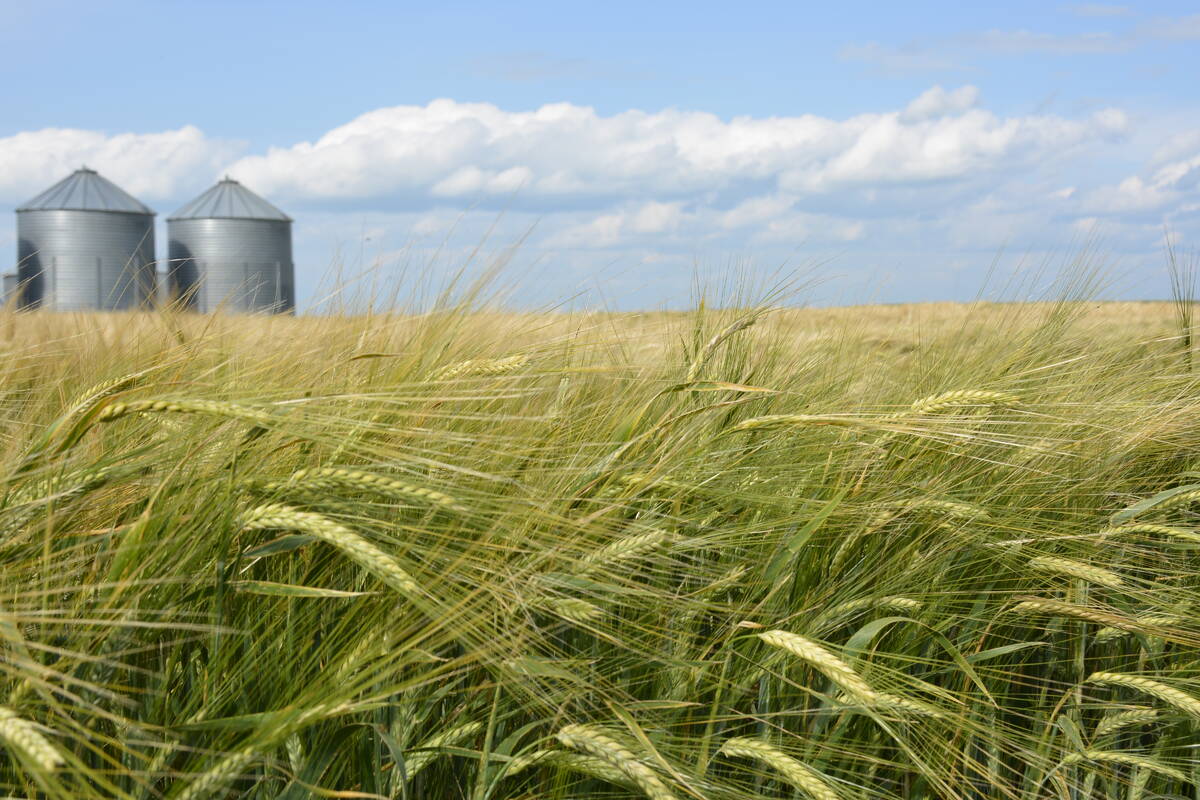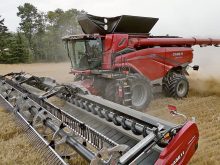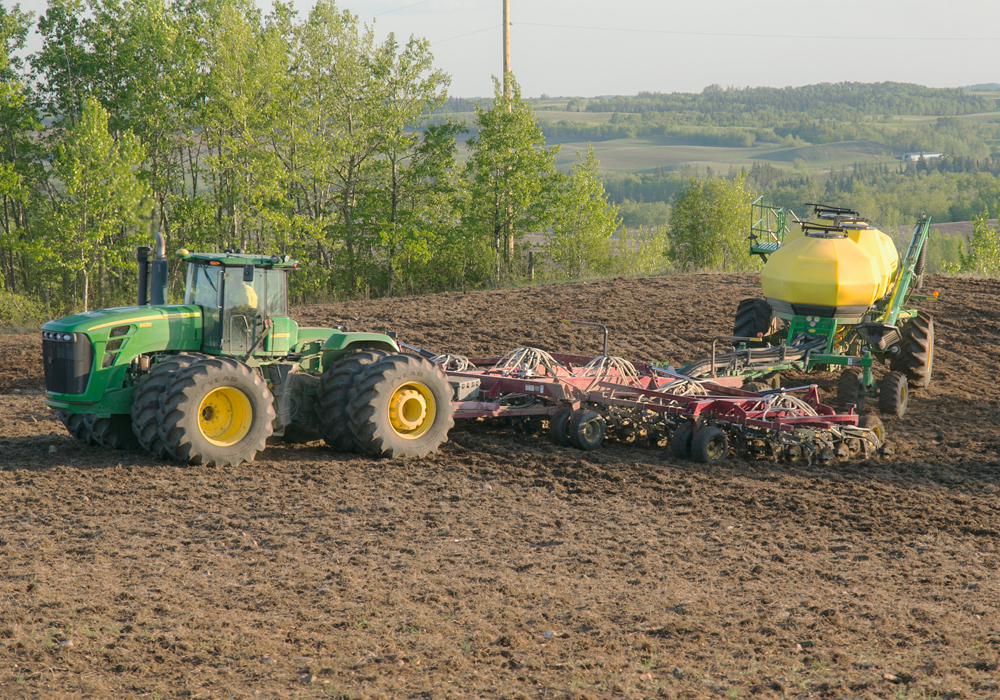SWIFT CURRENT, Sask. – Camelina’s long history as an oil source – it was widely used at least until the Middle Ages – should ensure its place in the alternative fuels market.
There has been renewed focus on the ancient crop from the mustard family over the past several years. Eric Oliver, field service representative for Great Plains, said there is a niche for it.
It is used in North America for biodiesel and can be used for jet fuel when further refined. Its input requirements are low and the meal can be an omega 3-rich animal feed.
Read Also

StatCan stands by its model-based crop forecast
Statistics Canada’s model-based production estimates are under scrutiny, but agency says it is confident in the results.
Speaking at a plot tour at the Wheatland Conservation Area near Swift Current, Sask., Oliver said camelina’s flexibility will appeal to growers.
The key to a successful crop is early seeding, whether fall or early spring. There is no weed control product registered for the crop and the plants have to gain the upper hand.
A pre-seeding burnoff to control winter annuals is recommended.
The Swift Current plots were fall seeded and have survived the frosty spring.
“The frost tolerance on this thing has been nothing short of amazing,” Oliver said.
A mid-April frost, at the cotyledon stage, hit the plots hard but virtually all came back.
The main challenge for growers is dealing with the small seed size. It’s about the size of alfalfa seed.
BASF plans to launch a new herbicide next year. Heat should be registered this fall and available next spring, said Todd Nagy, regional sales manager. It will offer another option for cereal and pulse growers.
Tank-mixed with glyphosate, it is a fast-acting Group 14 herbicide that will control broadleaf weeds and glyphosate-resistant and Group 2 resistant weeds.
“Save your Group 2s for your peas and your lentils,” Nagy told farmers observing BASF plots at the Wheatland Conservation Area.
The product contains Kixor, a new pyrimidinedione chemistry that will be tough on more than 70 broadleaf weeds.
Nagy said the product has been effective on kochia. Ideally, it will be applied by the eight-leaf stage for maximum control
Although Heat is considered to have no soil residual activity, there is enough that oilseeds won’t be on the approved label, Nagy said.
Heat can be applied pre-seeding or pre-emergence but should not be applied if ground break has occurred.
“You can spray and an hour later you could go in and seed,” Nagy said.
The cost of Heat is not yet available. Nagy said it would be priced “competitively.”
Chickpea data
A project to determine when growers should spray chickpeas for ascochyta blight has wrapped up.
The data from the third and final year of the sentinel project, during which flowering plants in pots were placed under wire cages in fields to determine infection data, is now being compiled.
Faye Dokken, Saskatchewan’s plant disease specialist, said chickpea plants put out this spring were already capturing the disease on May 8.
“This means that pretty much as soon as the snow melts and things start to warm up, the spores are out,” she said.
The traps were placed in chickpea residue, 10 metres from the residue and 100 metres from the residue.
“It didn’t matter how far away they were,” Dokken said, standing in the project plots near Swift Current.
This year’s plots used Myles desi and Frontier kabuli varieties. Desi varieties fare a little better than kabuli against ascochyta, Dokken said.
She recommended that growers apply fungicide at the seven to 10-node stage as a preventive measure.
“You don’t need to see symptoms,” she said.
Ascochyta can cause yield loss of more than 70 percent if fungicide isn’t applied at the right time.

















